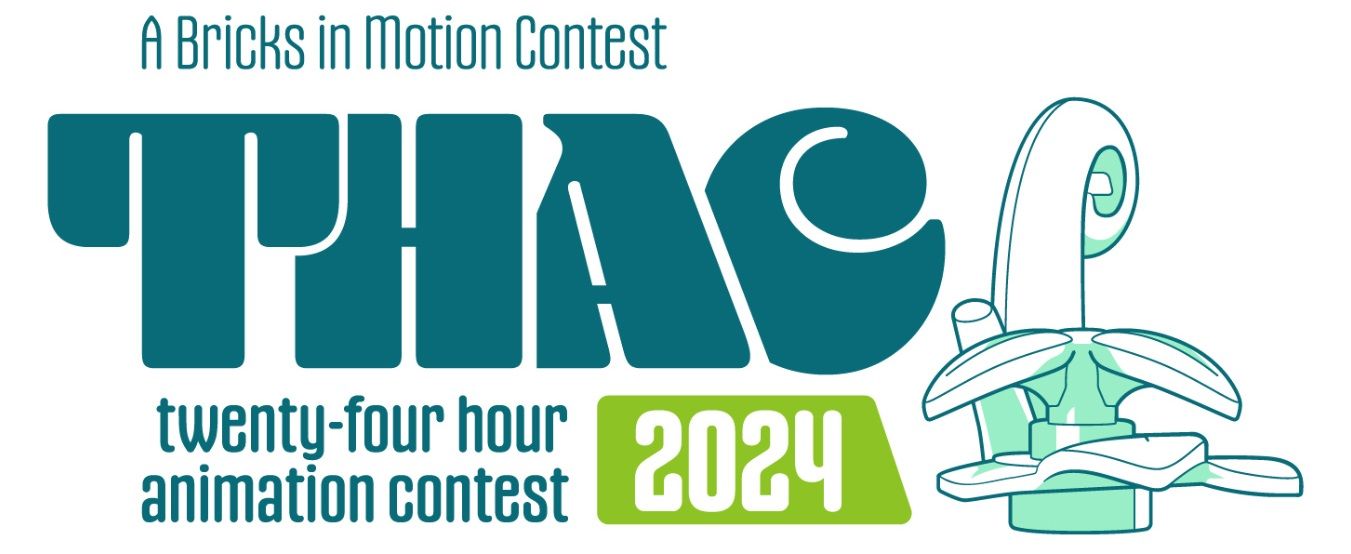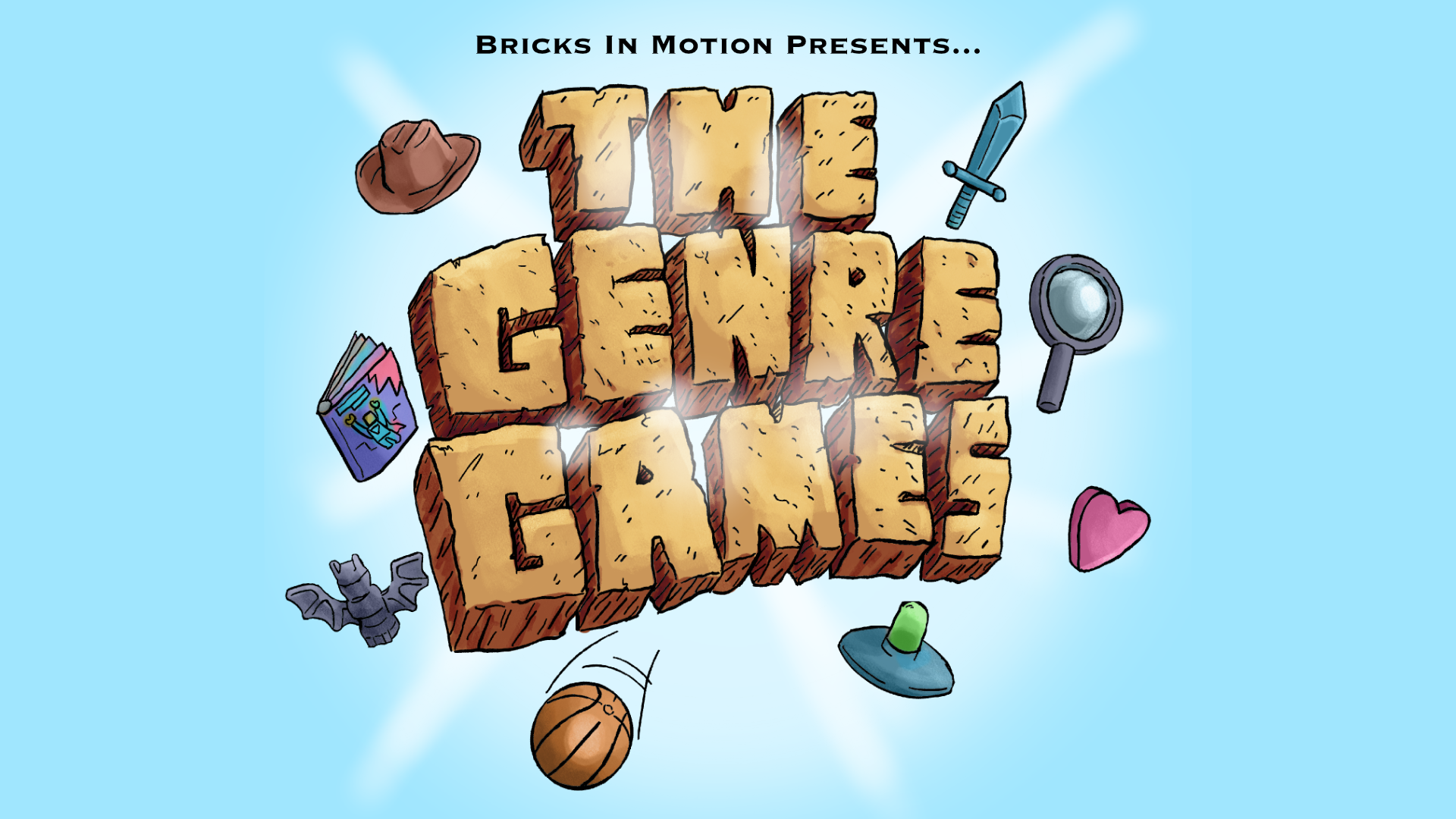Topic: How do you create a realistic attack movement or ''Punch''?
Hey again, just also wanted to know how can you create a good hit or punch done by a lego to another lego?
For example, a lego going up to another lego hitting him with a crobar, and hitting him as if it looks like he hit him hard?
How is this achievable? A brief detailed explanation or some examples would be fantastic!
Please don't link me to youtube tuts or stuff, I'd like personal experience from this site were possible!
I know theres easing in and out, though if you can explain it for this situation it'd be great,
for example;
1st frame guy lefts hand, 2nd frame, guy lefts hand a bit more, third frame guy lifts it almost half way.. etc.
Thanks in advance,
Kind regards,
Addrian
"You don't know what you have till you lose it, but then when you realize it, it's probably to late.."
Working on a better community
Proverbs 26:21









